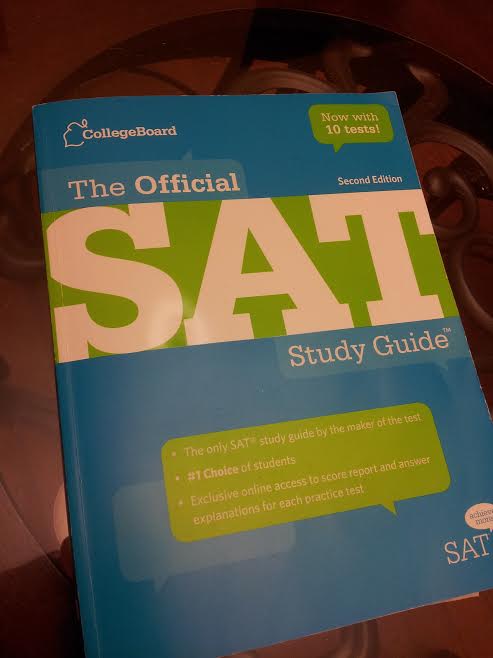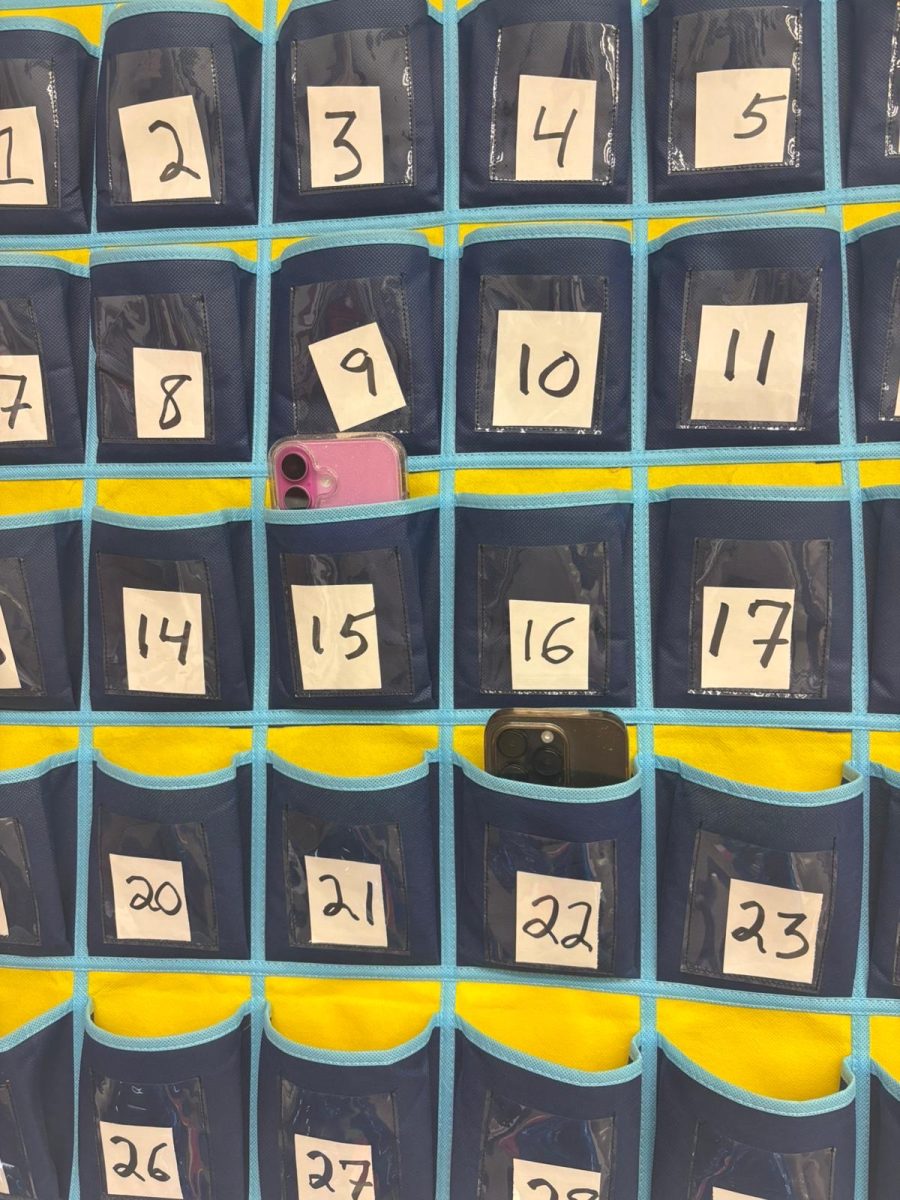On March 5, 2014, College Board President David Coleman announced the news that shook high schools and the Internet alike around the world; coming 2016, the College Board will do away the present-day SAT and replace it with a “re-designed” test. It has been noted that the new test will not have 2400 as its max score but 1600 once again as its predecessor. The test will be able to be taken in a print or electronic format (at some selected sites), and the essay will now be optional to test-takers. These are all major changes to the famed standardized test, but will it be beneficial in any way?
There are many flaws in the test as of right now. But when I first heard of Coleman’s announcement, I was instantly wary of the makeover that the test was going to go through. There are many younger high-school students (freshmen and sophomores alike) who have been studying and practicing for the SAT so that they’ll be able to get high scores when it’s time for them to actually take it as juniors and seniors. Now that these students have been studying for basically nothing, it’s a waste to all of the hard work and dedication that they’re depicted when cracking those heavy test prep books.
Though the new test is still a hot controversial topic among high-schoolers, the redefined SAT is not that bad. There are many beneficial points to it. Coleman stated that the test will no longer have a wrong answers penalty; so test-takers can only receive points when they get an answer to a question right and not lose points for ones they get wrong. The College Board has decided to do away with the supercilious “SAT” vocabulary (using archaic words such as “sacrosanct” and “concomitant”) and instead, are using relevant words that can be found in college-level texts, and most importantly, the College Board are teaming up with Khan Academy to help provide free test prep for kids from lower-income families.
Despite the renovations that the standardized test is going to have, there are also some cons to the situation. The 2016 test will no longer have a writing section where one has to correct grammatical errors, the written essay section will now be optional for test-takers, and also, and calculators can’t be used on all of the math sections (which doesn’t get me all too excited). The biggest flaw that I can already see in the 2016 test is how the test-makers are making the essay optional. As of right now, the SAT includes a 25-minute writing prompt (i.e. Can popular entertainment offer us anything of value, or is it just a worthless distraction? Plan and write an essay in which you develop your point of view on this issue) that probes students to think critically and write an essay on the essay topic using a text that they’ve recently read or a personal experience that they’ve went through. David Coleman announced that the new test’s (optional) essay will have students read a passage and explain how the author builds an argument to persuade an audience. That’s it. The new essay will focus entirely on non-fiction pieces and have test-takers writing dry analyses. Where did all the creativity go? Where is the encouragement of individualism among students? I think that the present-day SAT essays are reasonable measures for colleges to look over and sort out which students are naturally gifted writers as opposed to the mediocre ones. But now that the 2016 test is going to make every student write about something that is so dry and out-right boring, everyone’s responses will be nothing but the same old black-and write crisp answers. No creativity will be able to be found in these analyses whatsoever, and I find it discouraging to the promotions of freedom of expression among the young population.
In all honesty, though, I am feeling optimistic towards the redesigned SAT coming 2016 when I will take it as a high school junior. The greatest part to it, in my opinion, is how the College Board is teaming up with Khan Academy to provide free test prep for high school students coming from lower-income families. It is no secret that higher SAT scores are usually linked to a family’s income (the higher the income, the more test prep the family can afford for their children), but now that both poorer high school students will now have the same opportunities as the richer students, the SAT will not only help both score well on their tests, but help close the noticeable gap of social inequality among social classes.
“[Standardized tests should offer] worthy challenges, not artificial obstacles,” said David Coleman. “We plan to make an exam that is clearer and more open than any in our history…we need to get rid of the sense of mystery and dismantle the advantages that people perceive in using costly test prep.”
These changes will hopefully make the SAT as popular as its competitor, the ACT—a standardized test that is currently exceeding the SAT in popularity.
Coleman continues, “What this country needs is not more tests, but more opportunities. It’s time for the College Board to move from measuring to acting.”











